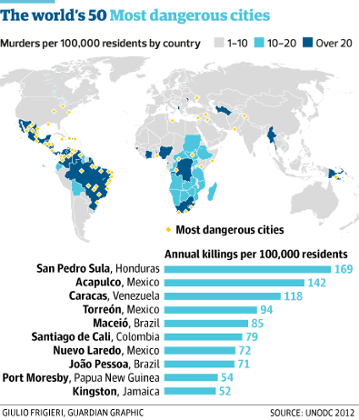For vampires, the weakness is garlic. For werewolves, it’s a silver bullet. And for zombies? Perhaps a rise in interest rates will do the trick.
Economists have worried about “zombie companies” for decades. Timothy Taylor, editor of the Journal of Economic Perspectives, has followed a trail of references back to 1989, noting sightings of these zombies in Japan from the 1990s, and more recently in China. The fundamental concern is that there are companies which should be dead, yet continue to lumber on, ruining things for everyone.
It’s a vivid metaphor — perhaps a little too vivid — and it is likely to be tested over the months and years to come if, as almost everyone expects, central banks continue to raise interest rates back to what veterans might describe as “normal”.
Claudio Borio of the Bank for International Settlements recently gave a speech in which he worried about the tendency of low interest rates to sustain zombie companies. Mr Borio has consistently been concerned about the distorting effects of low interest rates, but the zombie element of his argument adds a new twist.
Researchers at both the BIS and the OECD, the club of wealthy nations, have found evidence that low interest rates seem conducive to the existence of zombies, which they define as older companies that don’t make enough money to service their debts. As interest rates have fallen around the world, such zombies have become more prevalent and have also shown more endurance.
On average, across the US, Japan, Australia and western Europe, the proportion of firms that are zombies has risen fivefold since 1987, from 2 to 10 per cent. The zombies walk among us.
Why should we worry? One obvious answer is that zombies absorb resources. If a zombie retailer occupies a space on the high street, that makes it harder and more expensive for a start-up or a successful competitor to move in. The same goes for any resource from advertising space to electricity, and of course it goes for staff, too.
We would usually expect a thriving company to be able to outbid the walking dead for anything necessary, from a finance director to a unit in an industrial estate. But the status quo always has a certain power, and in some cases, the zombie might be at an unfair advantage.
Consider a zombie bank, propped up by a government guarantee but basically insolvent. Gambling on resurrection, it tries to expand by offering high rates to depositors and cheap loans to creditors. In the late 1980s, Joseph Stiglitz — later to win a Nobel memorial prize in economics — proposed a “Gresham’s law” of savings-and-loan associations based on this tendency: bad associations crowd out good ones.
More recently, the collapse of Carillion, a large British outsourcing and construction firm, showed a similar dynamic. The more Carillion struggled, the more desperate it became to win new business — which meant aggressive bids in competitive auctions, dooming Carillion while starving competitors of business.
Having written an entire book about the importance of failure, I am naturally sympathetic to Mr Borio’s argument. Modern economies have a low failure rate — probably too low. Still, one should not be too cavalier about this point. To ordinary ears, bankruptcy sounds unambiguously bad. If you spend too much time thinking about zombie firms and economic dynamism, bankruptcy starts to sound unambiguously good.
Cut down those zombies and let highly productive new firms grow in the rich soil, fertilised by those zombie corpses, sounds like — forgive the play on words — a no-brainer. But should we really be so pleased that so many of the UK’s coal mines, or the auto suppliers of Detroit, have been successfully killed off? If nothing has replaced them, there is nothing to celebrate.
One of the lessons of recent economic research by economists David Autor, David Dorn and Gordon Hanson has been that productive new firms do not necessarily spring up as we might have hoped. Mr Autor and his colleagues have, in a series of influential papers, tracked local areas subject to the sudden shock of competition from imported Chinese products. Their conclusion: recovery is neither quick nor automatic.
Nor is it always easy for laid-off workers to stroll into fresh jobs: if you have worked for several years stitching soft toys, then the obvious next step when the toy factory lays you off is to start stitching shirts or trousers instead. Unfortunately, that is also the obvious next move for the importers, or the robots.
We can make a long list of policies that might help new productive firms to get started and expand: education, infrastructure, flexible regulations, small-business finance and so on. There is some evidence in favour of these policies, but no checklist can guarantee results.
Still, that is where to focus our attention as the zombies start to expire. The easier it is to start a new idea, the more hard-nosed we can be about killing off the old ones. It is necessary that the zombies must die, but that cannot be where the story ends.


